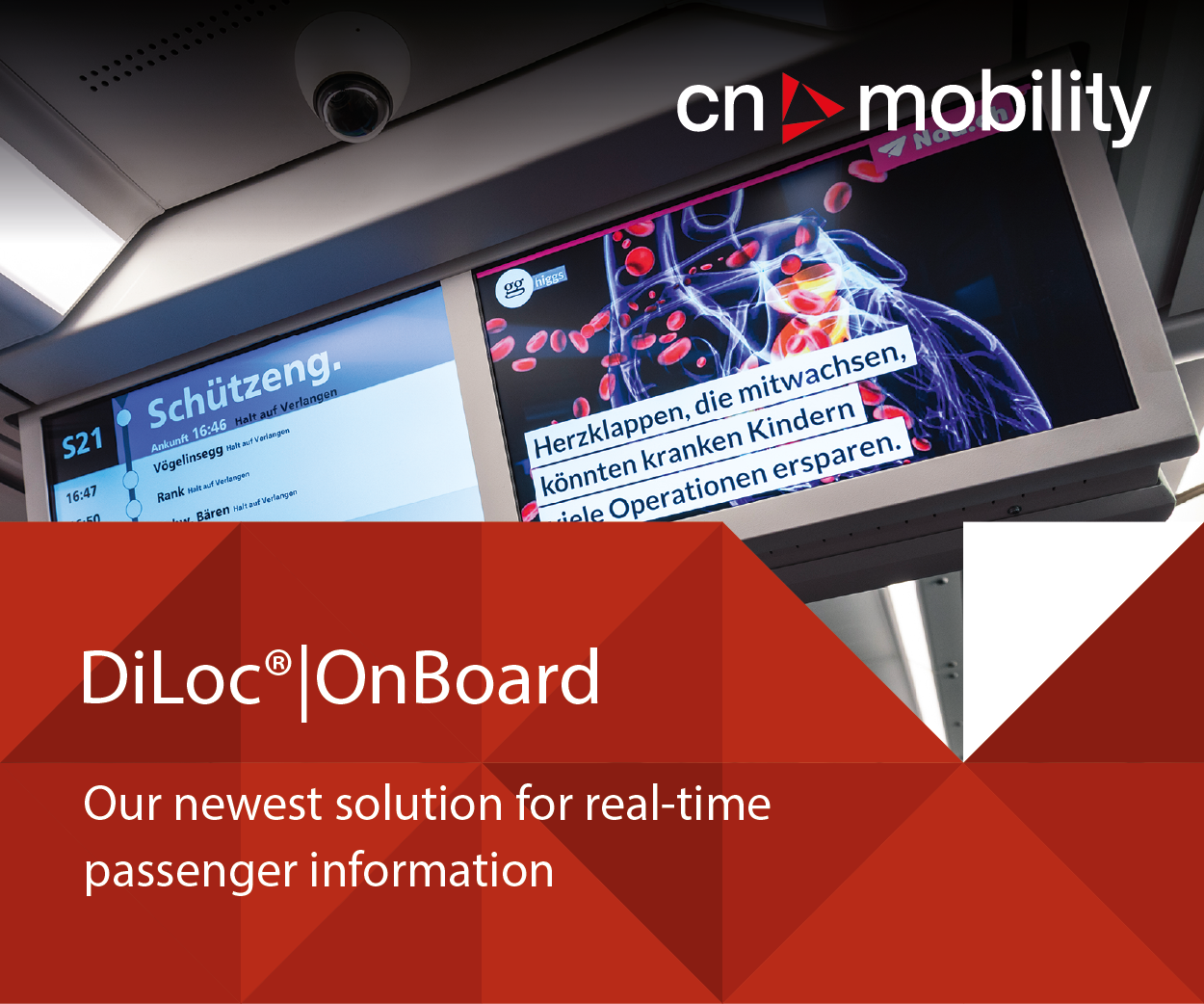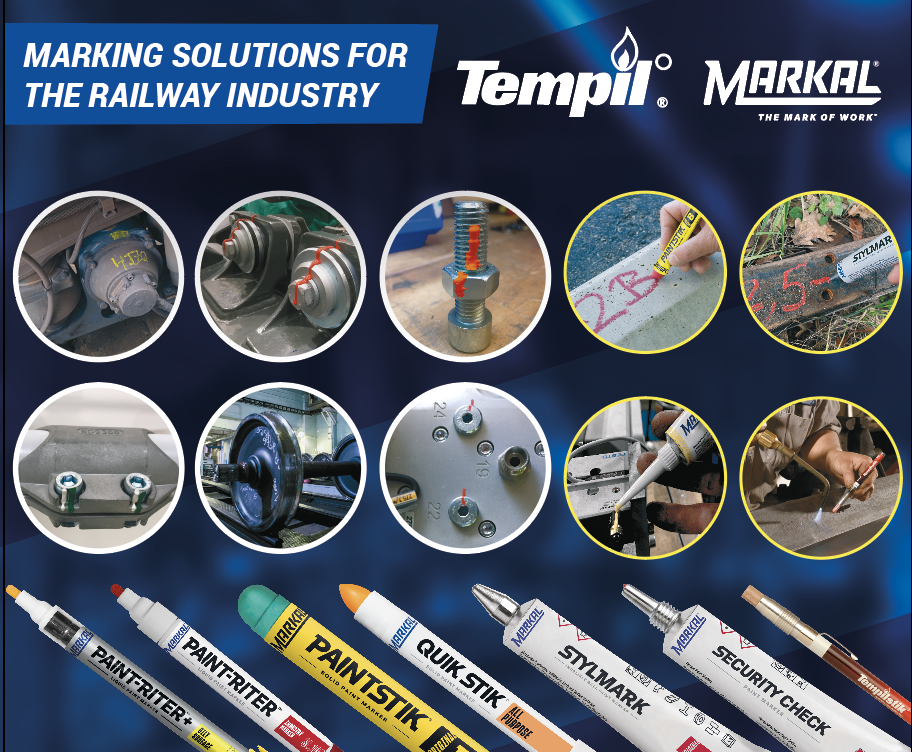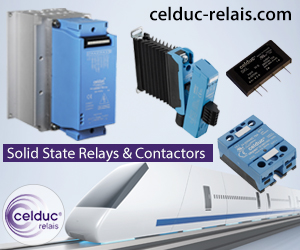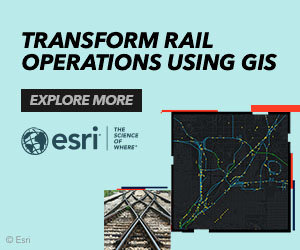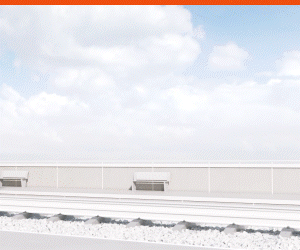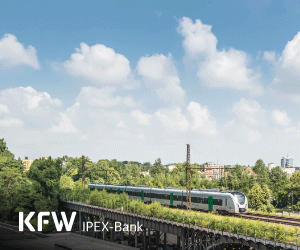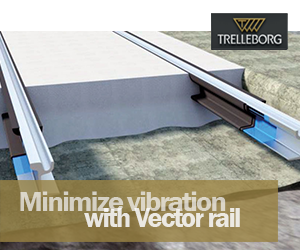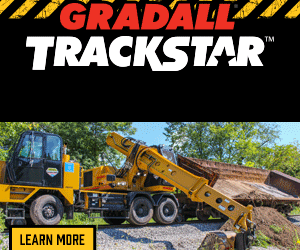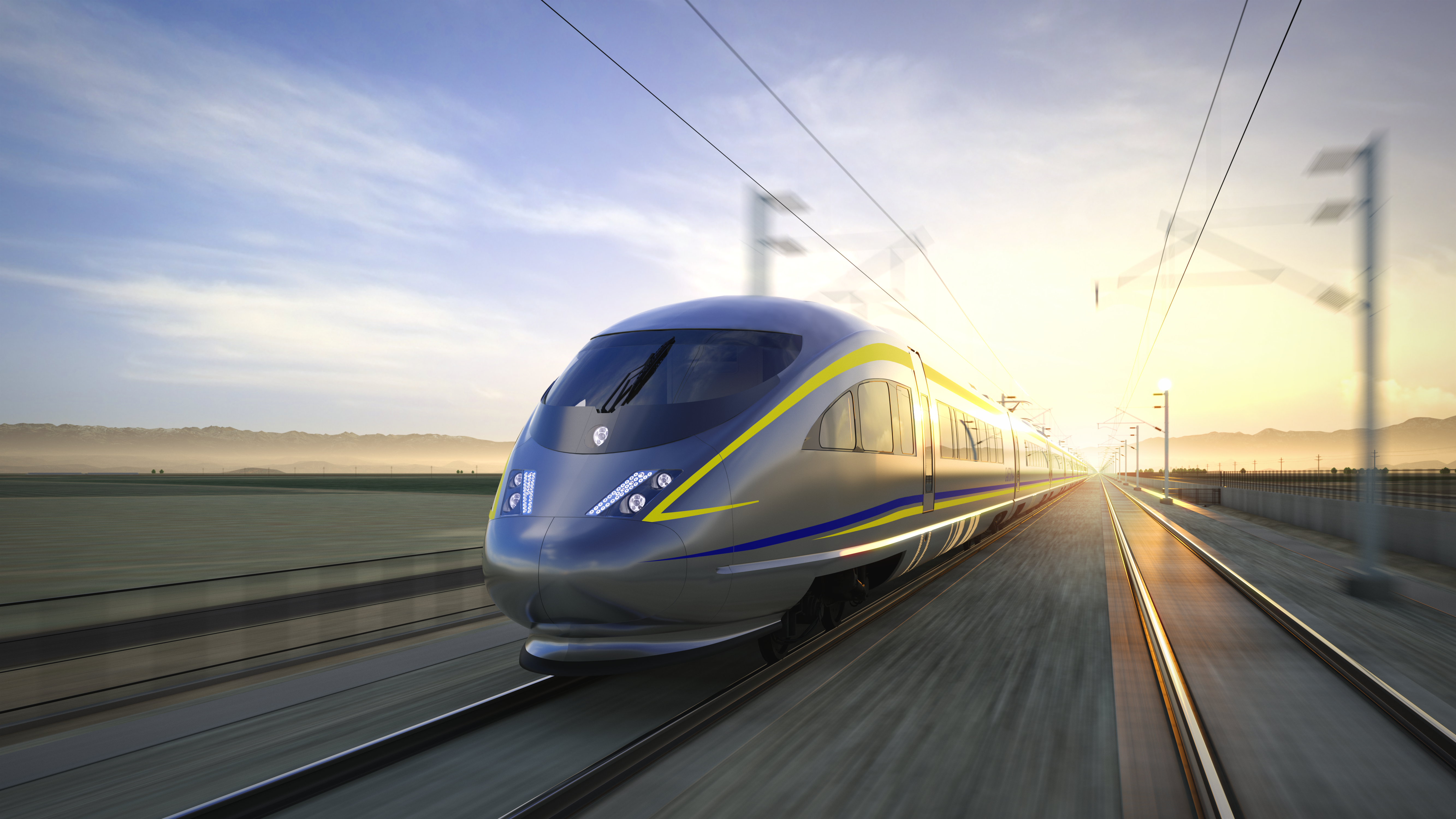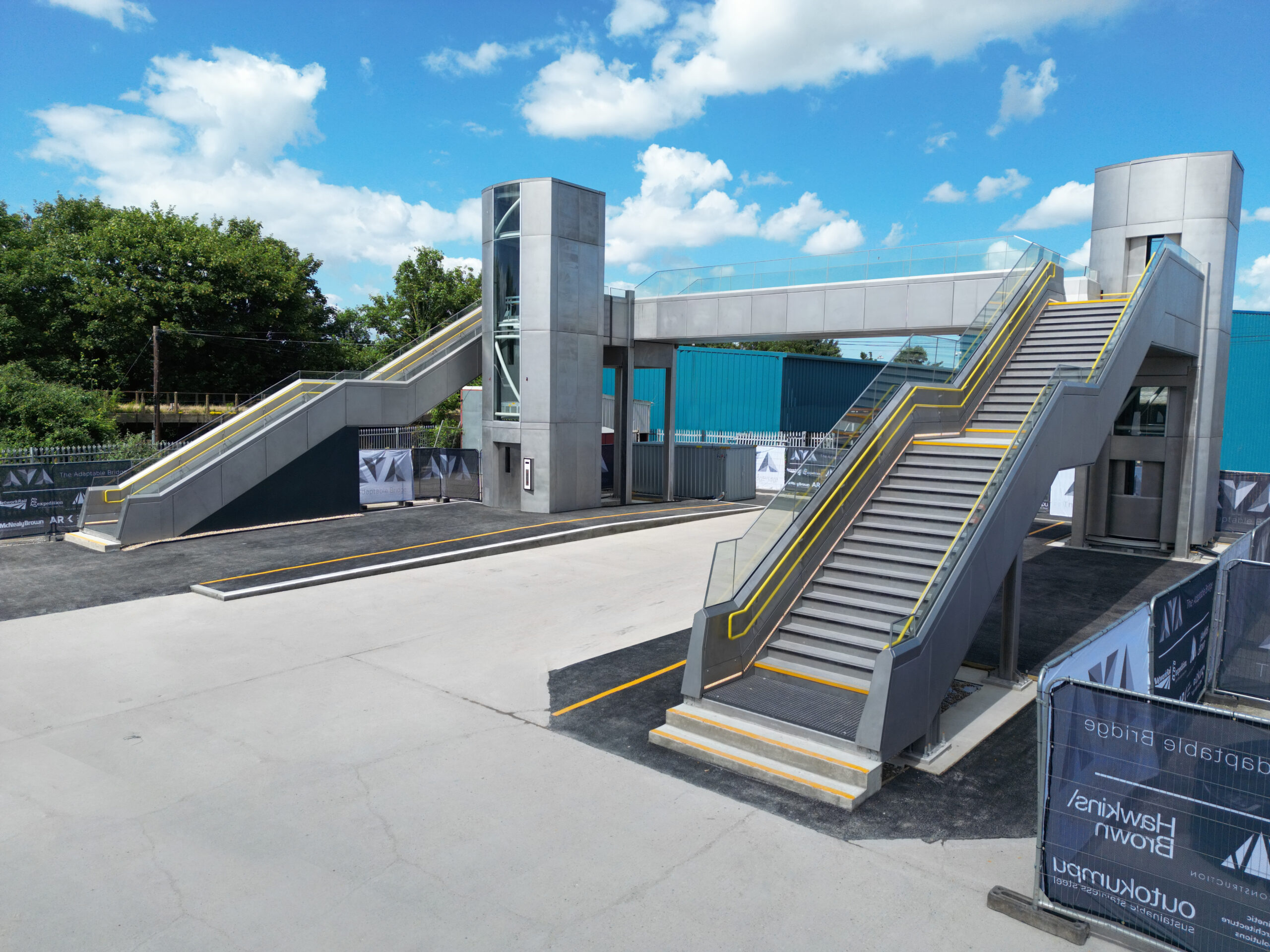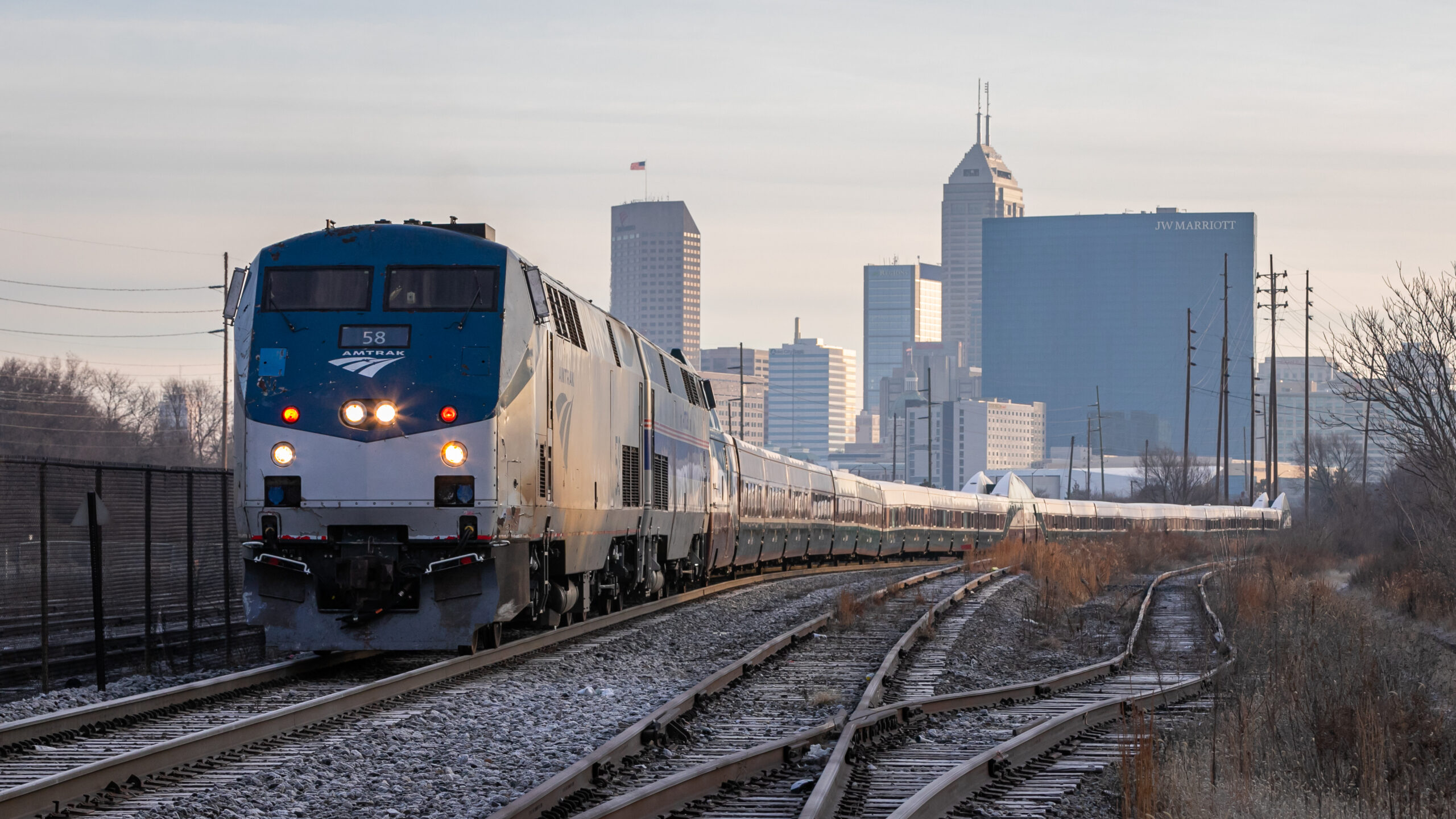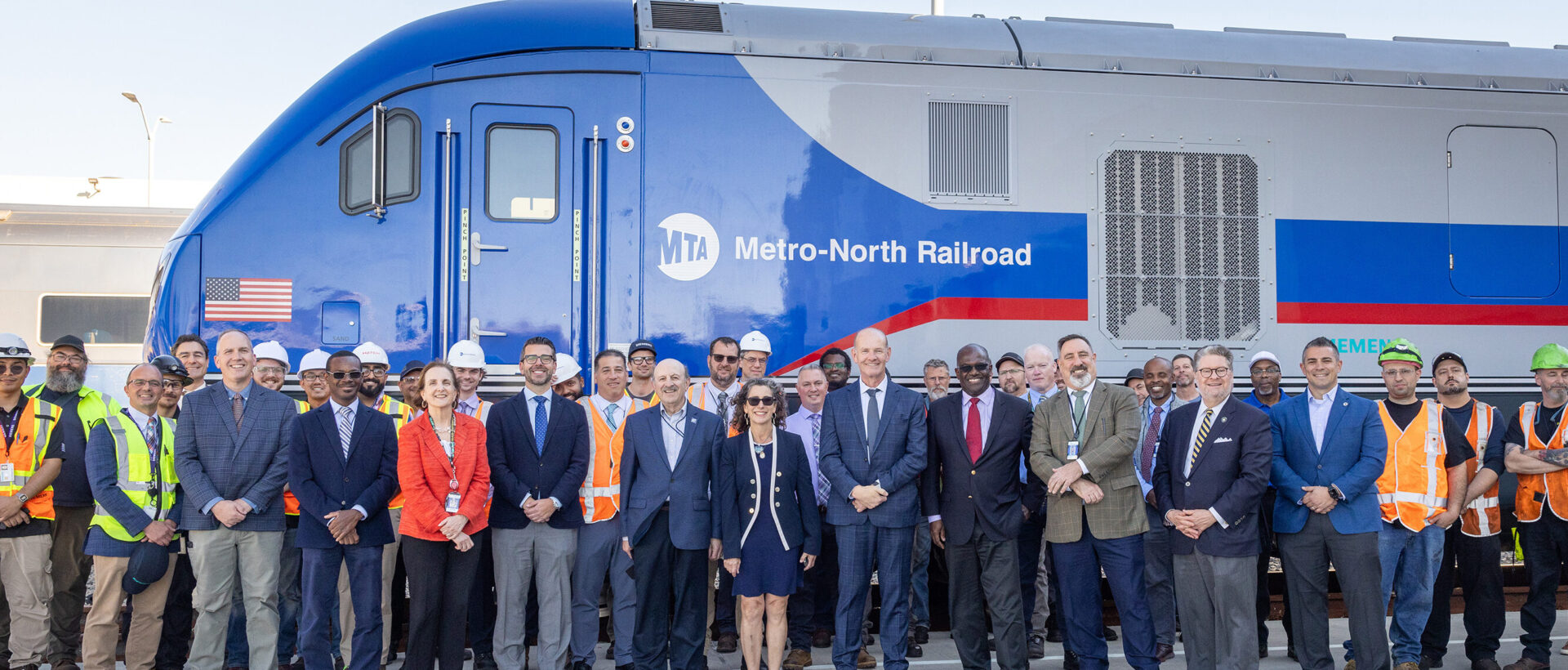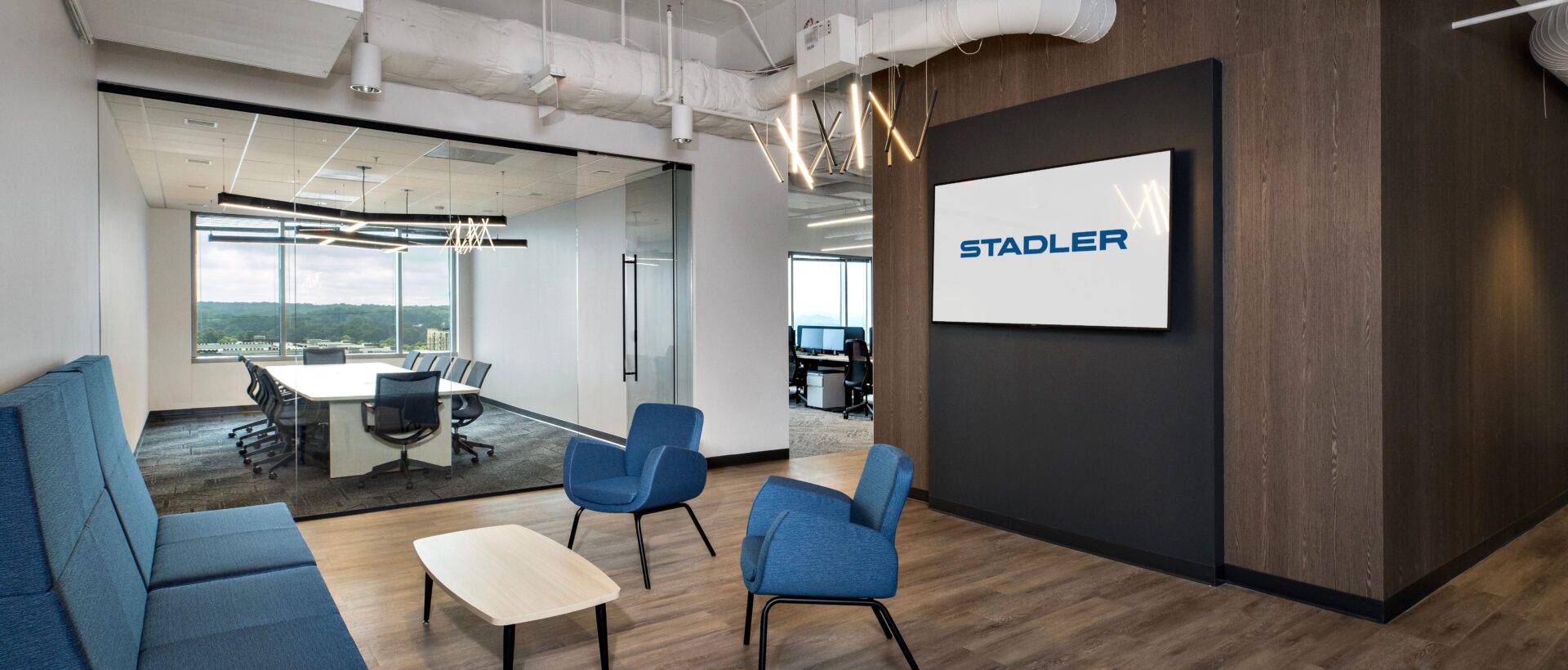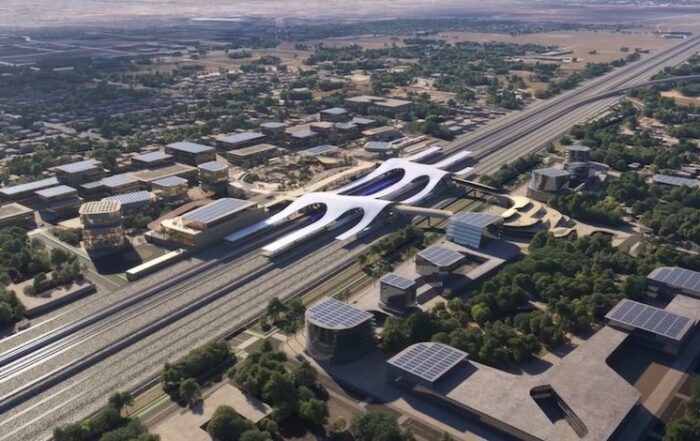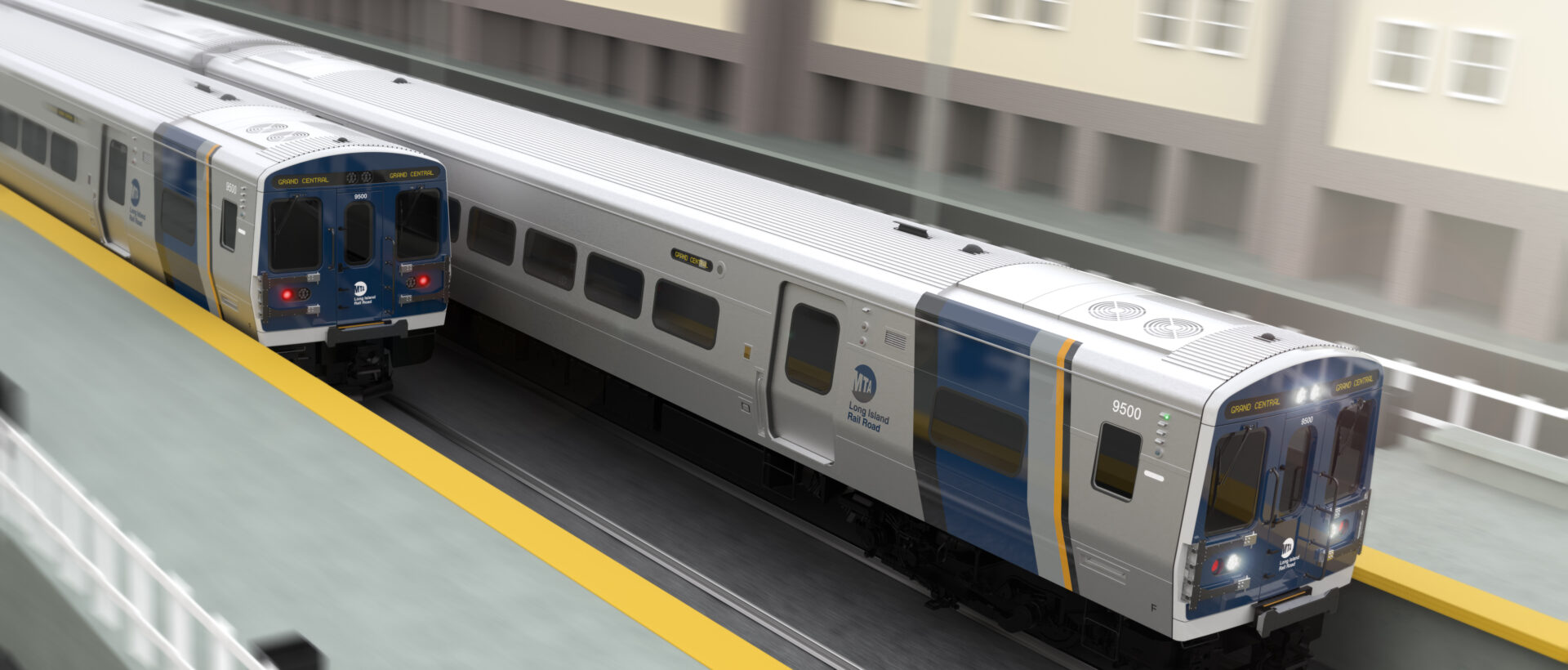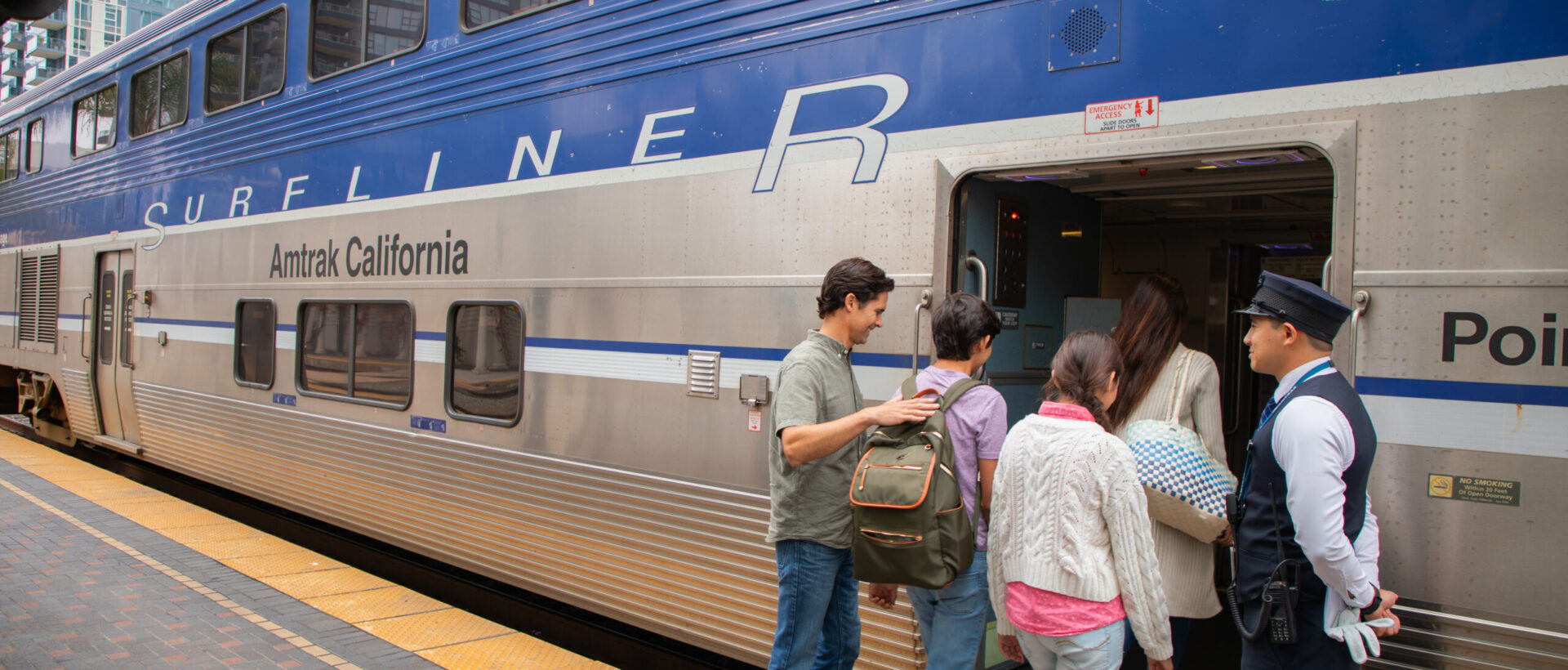While the California High-Speed Rail project has faced delays, cost overruns, and political scrutiny, the San Francisco Bay Area continues to ready itself to become a vital terminus. Despite the controversy surrounding the project, regional leaders are steadily preparing infrastructure for its arrival.
During the APTA High-Speed Rail Seminar, Andrew Fremier, Executive Director of the Metropolitan Transportation Commission (MTC), asserted that the agency remains fully committed to bringing the California High-Speed Rail project to San Francisco and believes that it can be feasibly brought forward in increments.
In the meantime, the region is investing in projects and policies that will accommodate the high-speed trains, while also improving current networks for more immediate benefits.
Caltrain Electrification
In September 2024, Caltrain successfully electrified the 51‑mile corridor between San Francisco and San Jose, marking the first large-scale transition from diesel to electric for a North American regional rail system.
This rail corridor is owned by Caltrain, yet the operator also runs services further south to Gilroy. This additional section is owned by Union Pacific, so Caltrain instead plans to pilot a battery-powered train on the route.

The electrification programme involved the installation of 2.5 million feet of 25 kV overhead catenary lines, two new traction power substations, a switching station, and seven paralleling substations. This system powers 16 new EMU trains, with the fleet set to increase to 23 units by 2027.
Alongside reducing emissions, this project has delivered faster, more frequent services, resulting in a 50% increase in ridership compared to the previous year.
What’s more, Caltrain’s electrification directly supports the future integration of California High-Speed Rail by upgrading the corridor to meet the performance and infrastructure standards necessary for high-speed service. Notably, the 25kV overhead catenary systems is compatible with the power requirements of high-speed trains. Caltrain also implemented Positive Train Control (PTC), upgraded signals, and improved track geometry to align with the safety and speed mandates for high-speed rail.
To leverage this compatibility, Caltrain and the California High-Speed Rail Authority have formalised a ‘blended system’ approach for this corridor, which will allow both regional and high-speed trains to share the same tracks, reducing costs and environmental impacts. These upgrades therefore mark a foundational step not just for Caltrain’s service, but for preparing the corridor to support future high-speed operations.
Outstanding Construction
While the electrification of Caltrain’s corridor is a significant milestone in preparing for the arrival of high-speed trains, additional construction work remains outstanding. For example, the proposed Pennsylvania Ave. Extension Tunnel (a project led by the City and County of San Francisco) would alleviate issues with crossing the tracks at the two remaining at-grade crossings in San Francisco.
In addition, the California-High Speed Rail Authority plans to build the Northern California Light Maintenance Facility along the Caltrain corridor in Brisbane. This is one of three proposed train maintenance facilities in the State, where high-speed trains will be cleaned, serviced and stored.
Station Upgrades
Several stations along the Caltrain route will also be upgraded to accommodate passing high-speed trains. South SF Station has already undergone recent improvements, including a new pedestrian undercrossing and a new centre platform to eliminate the hold-out rule. This safety regulation previously meant that an approaching train had to wait outside the station if a train was stopped for passengers on the opposite track.
Meanwhile, San Bruno Station would be upgraded from its current two-track layout to four tracks. High-speed rail also proposes minor changes at San Bruno, including curve flattening at the north end of the station and platform extensions towards the south to allow Caltrain to continue stopping on the outer tracks, while high-speed trains bypass on inner tracks.
California High-Speed Rail Stations
California’s future high-speed rail network will serve major stations designed to maximise regional and statewide connectivity. The project’s northern alignment includes four stops, and these facilities will also need to be developed before the start of service.
Gilroy is expected to become one of the busiest intermodal hubs on the west coast (after San José). The City of Gilroy, VTA and the California High-Speed Rail Authority are currently working on its Station Area Visionary Study.
Diridon San José is poised to be the busiest transit hub west of the Mississippi. A consortium of agencies has advanced an at-grade alternative for this station into the environmental review process.
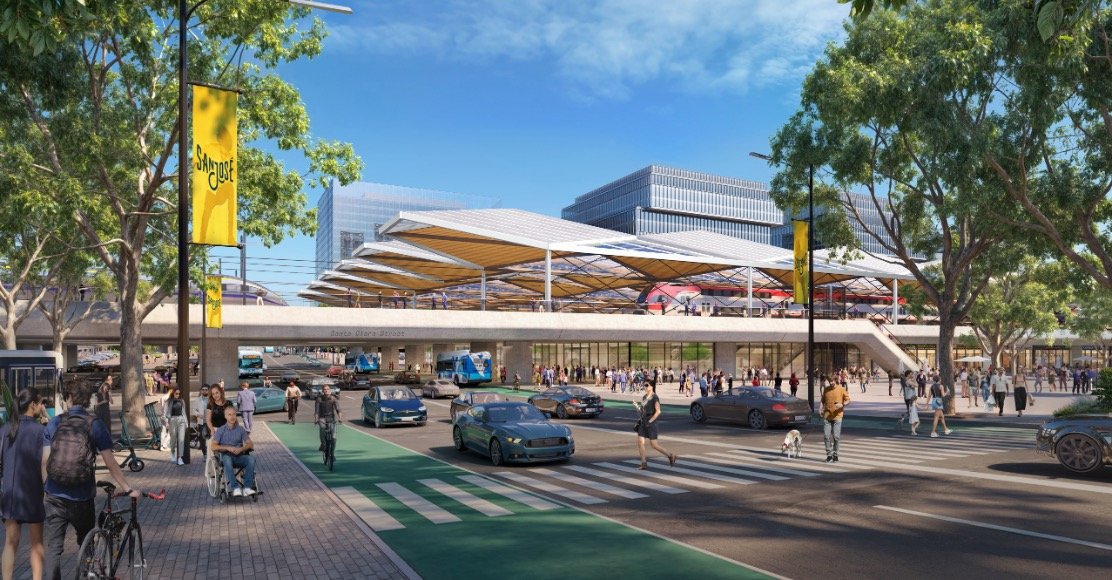
Millbrae Station currently serves Caltrain and BART trains, with services operating to SFO Airport. In the future, it will also serve as a high-speed rail station. Two dedicated high-speed rail tracks and a high-speed rail platform will be built to accommodate the service.
San Francisco Station will serve as the northern terminus of the system. It will be located at the Salesforce Transit Center, which currently functions primarily as a bus terminal. However, beneath the surface, a rail level will be developed to accommodate trains.
The Portal Project, led by the Transbay Joint Powers Authority, will extend Caltrain from its current terminus at 4th and King directly into the transit centre. Now at 30% design, the project is projected to open by 2035. By also bringing high-speed rail into this terminal, the system will serve downtown San Francisco and connect with the multimodal hub.
Preparing Key Links
Alongside infrastructure that will directly serve high-speed rail, Andrew Fremier’s keynote speech highlighted that the Bay Area’s readiness will be elevated by several additional rail projects to further extend the region’s connectivity. These include:
- Valley Link: A planned 42-mile, zero-emissions rail service between the Tri-Valley and San Joaquin Valley will connect BART at Dublin/Pleasanton to the greater Central Valley region. For many passengers, this will serve as a first/ last-mile connection for future high-speed journeys.
- BART to Silicon Valley Phase II: This project will extend BART to the future Diridon Station in San Jose,a key hub in the high-speed rail network. Managed by the Valley Transportation Authority (VTA), the project aims to be completed by 2036.
While Fremier acknowledged the financial and operational hurdles that come with delivering large-scale rail projects, he emphasised that agencies across Northern California remain committed to the long-term outcomes. As such, the Bay Area is investing in infrastructure that delivers immediate benefits while laying the groundwork for future high-speed service.
High-speed rail may still be years from full operation, but incremental upgrades, interagency coordination, and a commitment to integration will enable the Bay Area to build a rail system that will be ready—not just to receive high-speed trains, but to make them part of a truly connected network.
Read more from the APTA High-Speed Rail Seminar:


